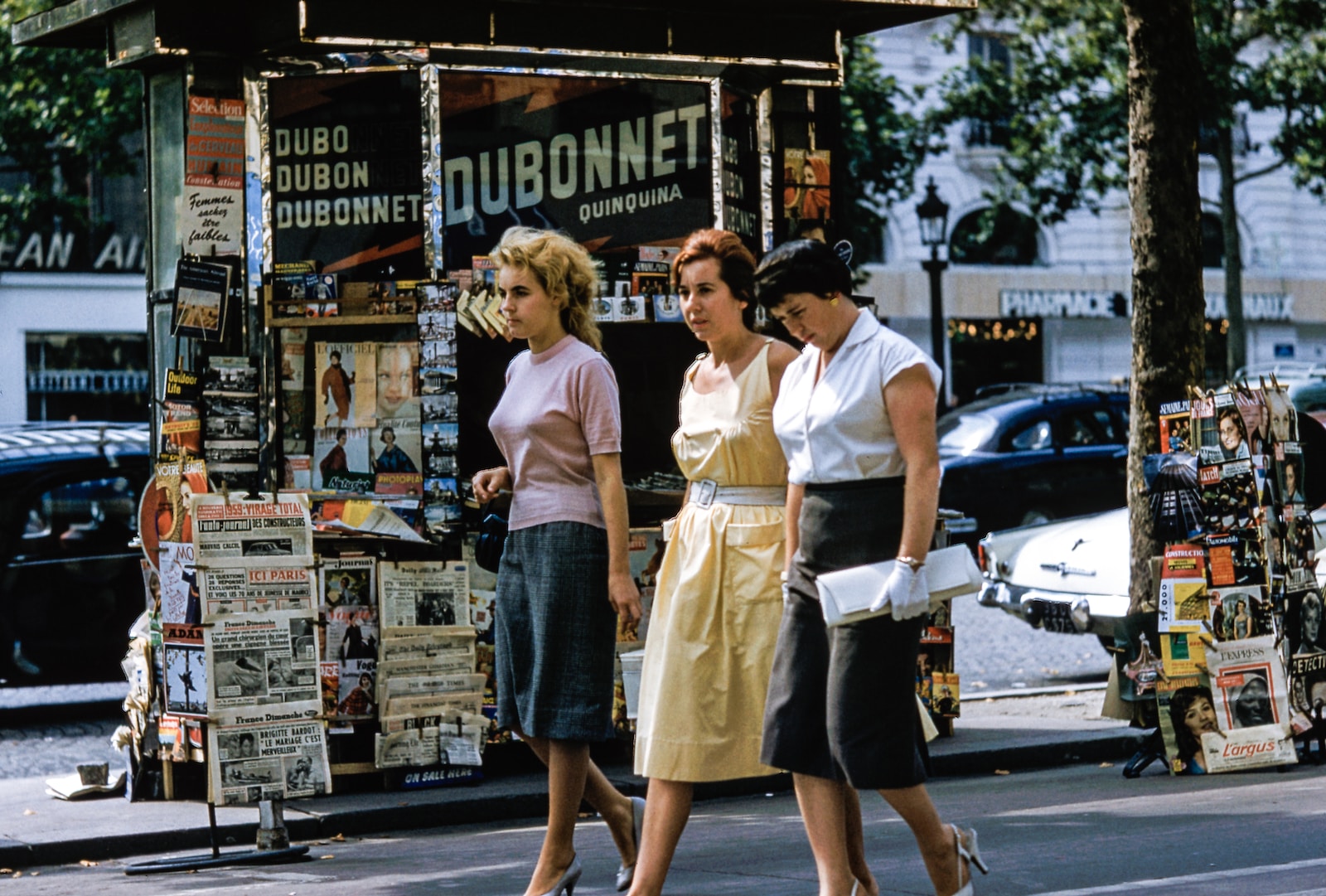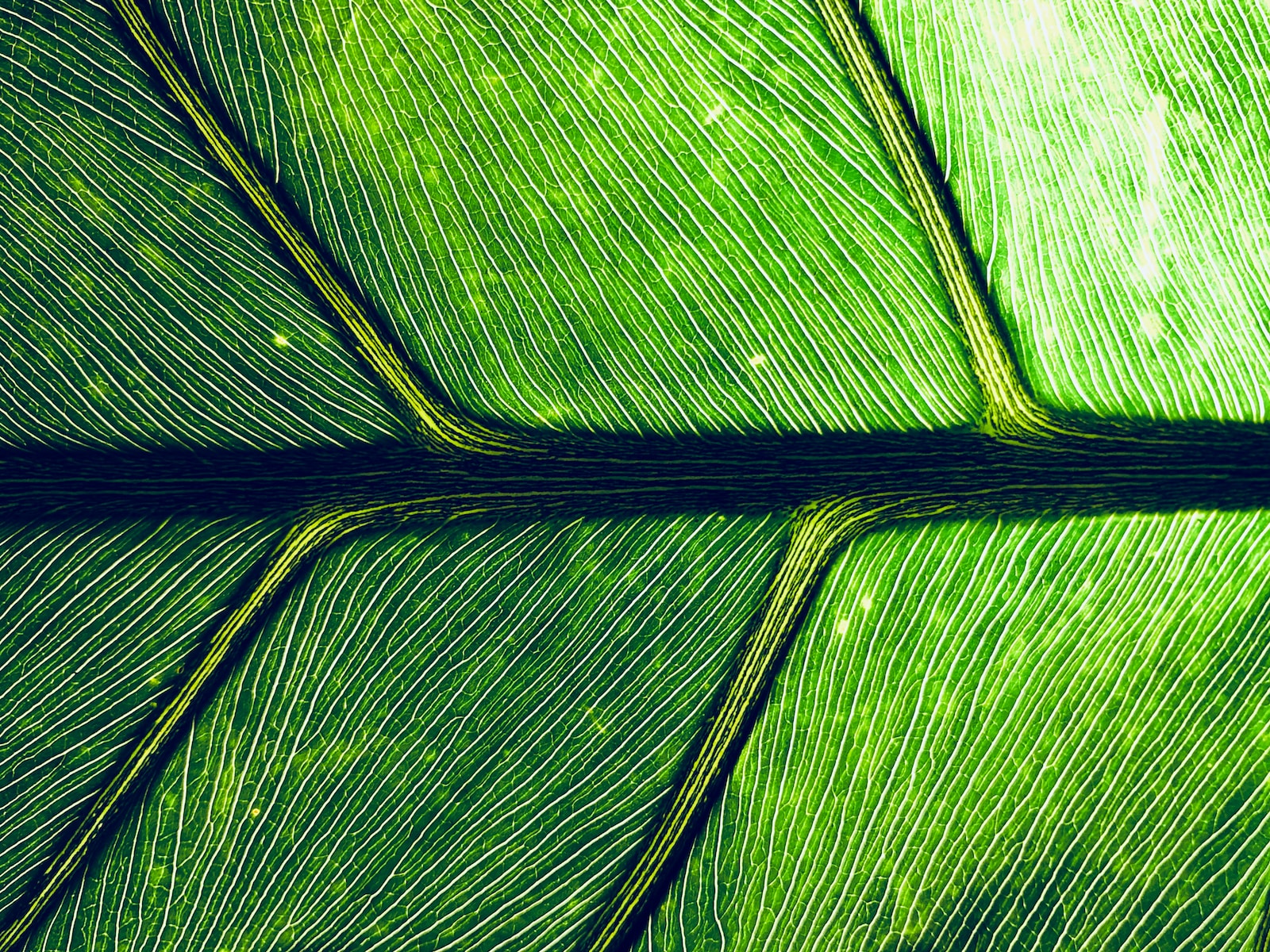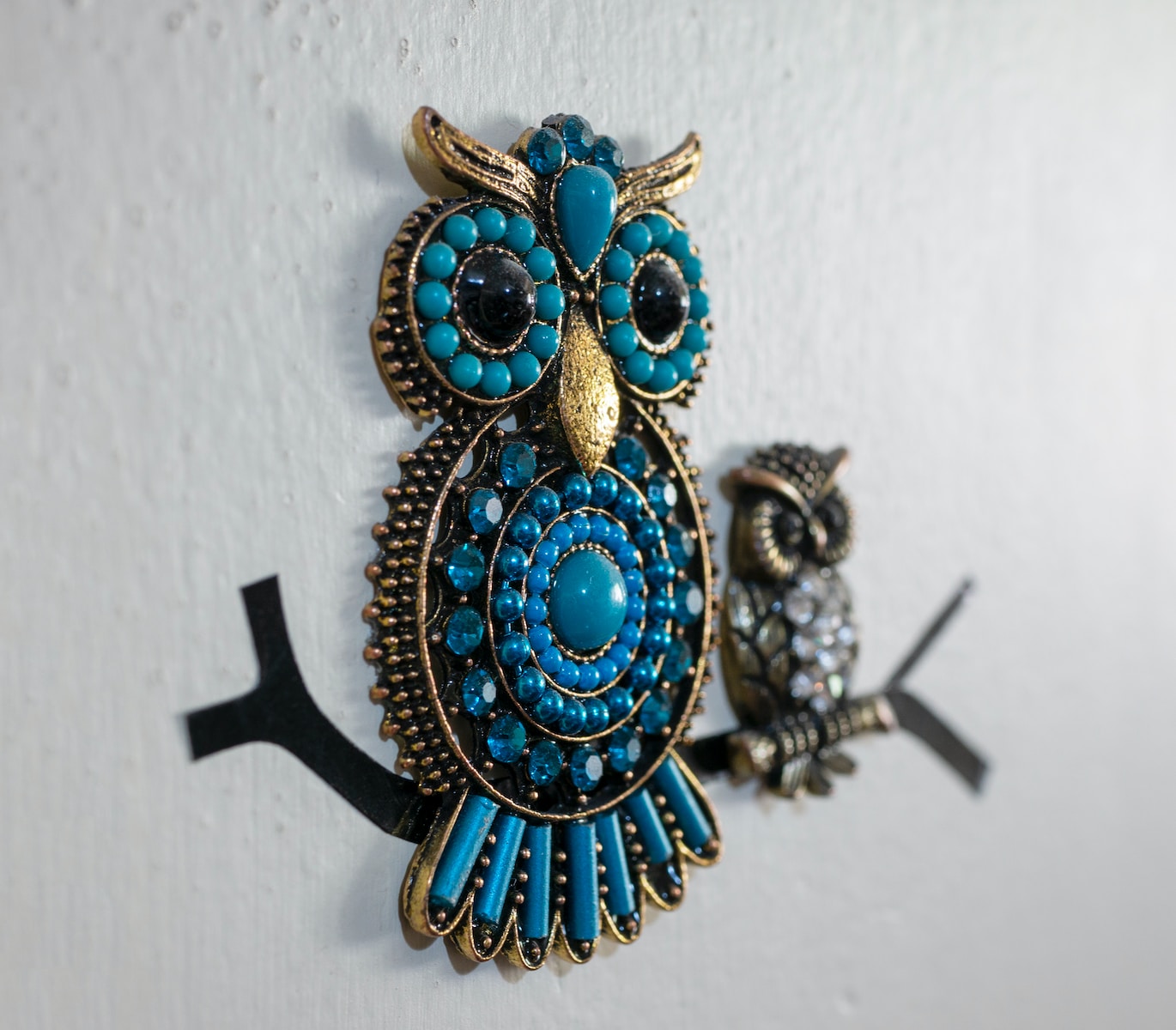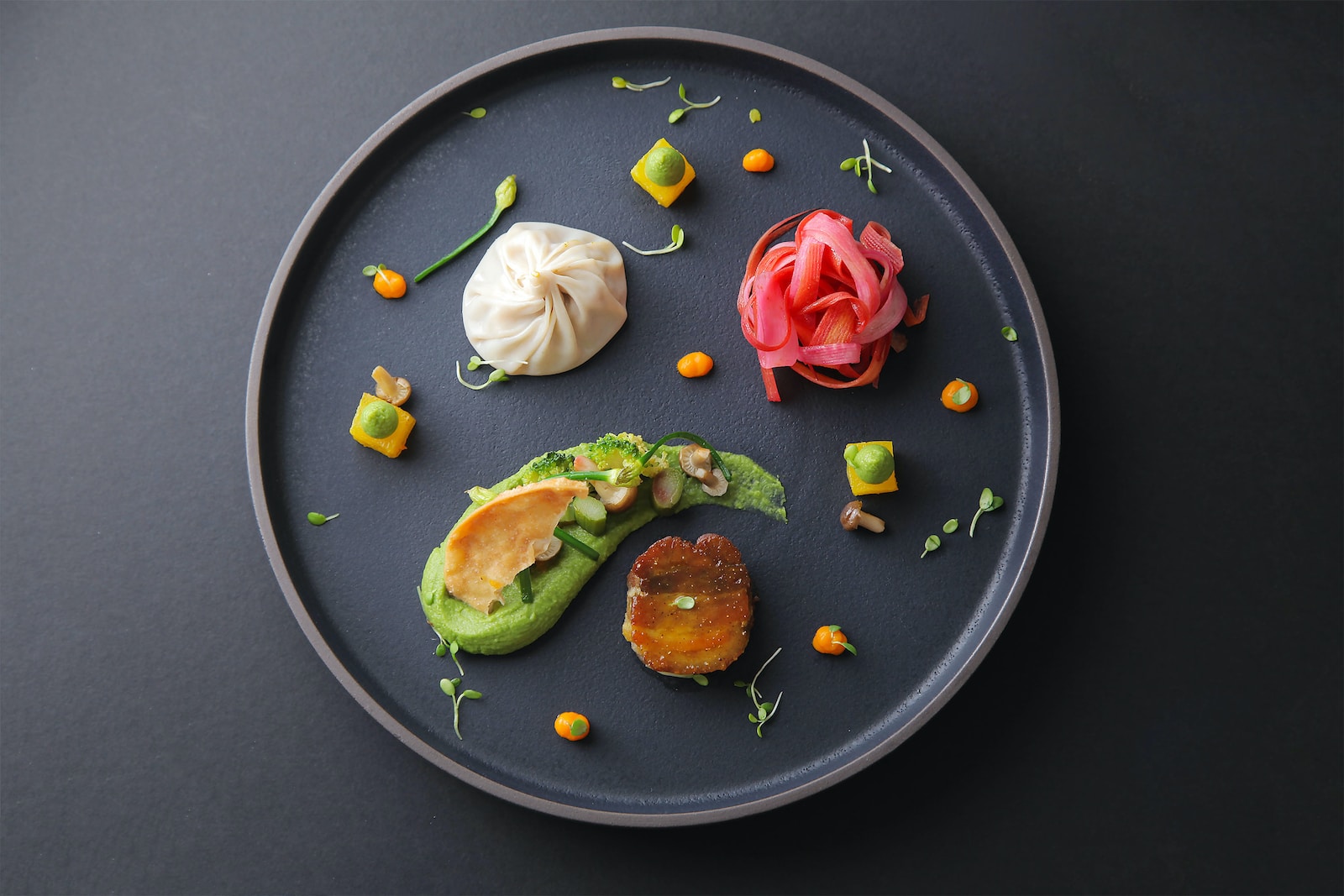Welcome to “A Trip Down Memory Lane: The Art of Vintage Photography.” Step into a world of nostalgia and discover the captivating allure of vintage photography. Transport yourself to a bygone era and learn how to recreate the timeless charm of old-style images through expert techniques and camera know-how. Whether you’re a photography enthusiast or simply appreciate the beauty of vintage aesthetics, this blog will guide you on a captivating journey through the art of vintage photography.
Table of Contents
- Exploring Unique Subjects for Vintage Photography
- A Trip Down Memory Lane: The Art of Vintage Photography
- The Art of Vintage Photography: Capturing Timeless Moments
- Frequently Asked Questions
- 1. What is vintage photography?
- 2. How can I achieve a vintage look in my photographs?
- 3. What type of camera should I use for vintage photography?
- 4. Are there specific lighting techniques for vintage photography?
- 5. How can I edit my digital photos to have a vintage look?
- 6. Are there any tips for composing vintage-style photographs?
- 7. Can I sell my vintage-style photographs?
- 8. Where can I find inspiration for vintage photography?
- Wrap Up
Exploring Unique Subjects for Vintage Photography
When it comes to vintage photography, the choice of subject plays a crucial role in creating captivating and timeless images. Vintage photography often aims to evoke a sense of nostalgia and transport viewers back in time. By choosing subjects that have a historical or retro appeal, you can create photographs that tell stories of the past.
One fascinating subject for vintage photography is abandoned buildings. These structures carry a sense of mystery and lend themselves to capturing the essence of a bygone era. With their peeling paint, weathered facades, and crumbling interiors, these locations provide a treasure trove of photographic opportunities.
Another interesting subject is vintage vehicles. Classic cars, motorcycles, and bicycles can add a touch of old-world charm to your photographs. Pay attention to the details, such as the chrome accents, leather interiors, and distinctive shapes, which all contribute to the vintage feel.
Incorporating vintage fashion or timeless accessories can also enhance the nostalgic appeal of your photographs. Seek out vintage clothing stores or borrow garments from friends and family to create authentic looks. Combine them with vintage props, such as hats, gloves, or even an old typewriter, to add layers of visual interest.
Techniques to Capture the Vintage Essence
Now that you’ve chosen your subjects, it’s time to explore techniques that will bring out the vintage essence in your photographs.
- Embrace natural lighting: Vintage photography often relies on soft, diffused lighting. Avoid harsh sunlight and use the soft, warm glow of early morning or late afternoon to create a more nostalgic atmosphere.
- Experiment with sepia tones: By post-processing your images with sepia tones, you can instantly transform them into vintage masterpieces. Sepia adds warmth and depth, evoking a sense of history.
- Add film grain effects: Film grain can add a sense of authenticity to your photographs, mimicking the classic textured look of old film. Experiment with adding grain in post-processing to achieve the perfect vintage aesthetic.
- Utilize shallow depth of field: Vintage photography often incorporates a shallow depth of field to create a dreamy, ethereal look. Use a wide aperture to blur the background and draw attention to the main subject.
- Experiment with composition: Vintage photography allows for creative composition techniques. Try incorporating leading lines, symmetry, or unique angles to give your photographs a nostalgic and artistic appeal.
Remember, vintage photography is all about experimentation and embracing imperfections. Don’t be afraid to break the rules and let your creativity guide you.
By selecting captivating subjects and employing classic techniques, you can transport your viewers to a bygone era through the power of vintage photography. Step back in time, indulge in nostalgia, and create captivating images that stand the test of time.
Did you know that vintage photography has been around since the 19th century? It all started with the invention of the camera obscura and the first photographic process called daguerreotype. This marks the beginning of a timeless art form that continues to captivate photographers today.
A Trip Down Memory Lane: The Art of Vintage Photography
Welcome to a captivating journey through time as we delve into the enchanting world of vintage photography. In this blog, we will explore the techniques and equipment required to create stunning images with a timeless, old-style feel. So grab your camera and step back in time with us.
The Perfect Camera for Vintage Photography
When it comes to capturing the essence of the past, the choice of camera is crucial. While modern digital cameras offer convenience and advanced features, nothing quite compares to the character and charm of a vintage camera. These gems from decades ago wonderfully capture the nostalgic mood that vintage photography embraces.
One of the most popular options for vintage photography is the classic film camera. The process of shooting on film adds a whole new level of authenticity and unpredictability to your images. The subtle imperfections, grain, and limited exposure capability contribute to the unique vintage look.
For those who prefer the ease of digital photography, there are cameras available today that simulate the effects of vintage cameras. These digital cameras often include creative filters and settings that mimic the characteristics of different film types. They allow photographers to achieve the desired vintage look without the need for film processing expenses.
Choosing the Right Lenses and Equipment
When it comes to vintage photography, the lens choice plays a significant role in shaping the final image. Vintage lenses, with their distinctive optics and manual focus capabilities, can produce truly stunning results. These lenses often have a particular aesthetic quality, including soft focus, dreamy bokeh, and vignetting, that adds a nostalgic touch to the photographs.
One popular lens option for vintage photography is the prime lens. The fixed focal length offers simplicity and forces photographers to rethink composition and framing. Many prime lenses from the past are considered legendary for their unique rendering and ability to capture the atmosphere of a bygone era.
Another lens type that can enhance the vintage look is a lens with a wide aperture. Wide aperture lenses allow for shallow depth of field, creating a beautiful background blur that adds depth and separation to the subject, just like the old-style photographs we adore.
While the camera and lenses are essential elements, there are additional accessories that can elevate your vintage photography game. Consider investing in a tripod, which enables you to achieve stability during long exposures or when shooting in low light conditions. Filters, such as UV or polarizing filters, can also enhance the colors and overall mood of your vintage photographs.
In conclusion, capturing the magic of vintage photography requires the right equipment and a keen eye for detail. Whether you choose to embrace the authenticity of film cameras or simulate the vintage look using digital technology, remember that the art lies in the subtle imperfections and timeless charm that characterize this style. So, go ahead, and let your creativity transport you to the past as you capture moments with a vintage touch.
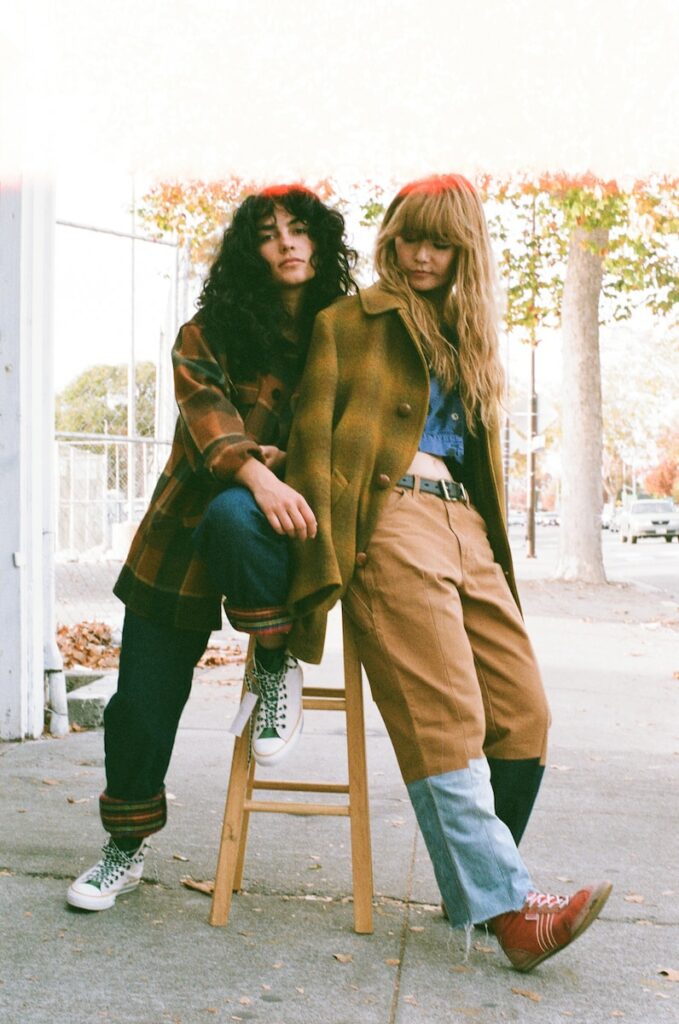
The Art of Vintage Photography: Capturing Timeless Moments
Embarking on a trip down memory lane is made all the more captivating when done through the lens of vintage photography. This art form allows us to reconnect with the past and appreciate the beauty of bygone eras. By using old-style techniques and embracing the charm of vintage cameras, photographers have the power to create images that exude a timeless feel.
Optimal Time of Year for Vintage Photography
When it comes to vintage photography, choosing the right time of year can greatly enhance the overall aesthetic of your images. One particularly captivating season is autumn, with its warm hues and nostalgic ambiance. The golden leaves and soft lighting of fall provide the perfect backdrop for vintage-style photographs.
Imagine strolling through a park lined with colorful trees, capturing the essence of the season through the lens of your retro camera. The rich reds, deep oranges, and vibrant yellows will not only add warmth to your photographs, but they also evoke a sense of nostalgia, transporting viewers to a different time.
Another fantastic time of year for vintage photography is spring, with its blooming flowers and gentle pastel colors. Picture yourself in a lush garden, surrounded by delicate blossoms and the sweet scent of nature. By embracing the vintage aesthetic, you can capture the ethereal beauty of spring and evoke a sense of romance and tranquility in your photographs.
Choosing Vantage Points and Positions
When it comes to vintage photography, selecting the right vantage point and position can make all the difference in creating captivating images. To capture the essence of a bygone era, consider experimenting with perspectives that transport the viewer into the past.
One intriguing option is to shoot from a low angle. By positioning your camera closer to the ground, you can emphasize the grandeur of towering architecture or capture the sprawling beauty of landscapes. This technique adds a touch of drama and can transport viewers back in time, making them feel as if they are seeing the world through the eyes of previous generations.
On the other hand, shooting from a high angle can provide a unique perspective that accentuates the nostalgic ambiance. Imagine standing on a balcony overlooking a bustling city street or a crowded market square. From above, you can capture the hustle and bustle of daily life while infusing a vintage charm into your photographs.
Additionally, incorporating elements of framing in your images can help create a sense of depth and draw the viewer’s eye to your subject. For instance, a cobblestone street can serve as a leading line, guiding the viewer’s gaze towards a quaint café or a vintage car. By strategically positioning yourself and taking advantage of the surrounding environment, you can bring your vintage photographs to life.
Remember, vintage photography is about storytelling and immersing viewers in the charm of the past. By carefully selecting the optimal time of year and considering unique vantage points and positions, you can create images with an indelible vintage feel.
One helpful tip for creating vintage-inspired photos is to experiment with different lighting techniques. Soft, diffused lighting can contribute to a nostalgic atmosphere, while harsh lighting can create a dramatic effect. Don't be afraid to play with shadows and highlights to add depth and texture to your images.
Frequently Asked Questions
1. What is vintage photography?
Vintage photography refers to the style of photography that recreates the look and feel of classic or old photographs. It often involves using techniques, cameras, and equipment from past eras to capture images with a nostalgic and timeless appeal.
2. How can I achieve a vintage look in my photographs?
To achieve a vintage look in your photographs, you can try the following techniques:
- Experiment with sepia or black and white tones
- Add subtle effects or filters to mimic film aging
- Use props or clothing with a retro vibe
- Employ soft focus or vignetting to create a dreamy atmosphere
3. What type of camera should I use for vintage photography?
While you can use any camera to create vintage-style photographs, using vintage cameras can enhance the authenticity of your images. Consider using cameras like a film SLR, medium format camera, or even a Polaroid camera to capture the essence of the past.
4. Are there specific lighting techniques for vintage photography?
Yes, lighting plays a crucial role in vintage photography. Using natural or warm artificial light can help create a cozy and nostalgic ambiance. Experiment with diffused lighting or try taking photos during the golden hour (the hour before sunset) to add a warm glow to your images.
5. How can I edit my digital photos to have a vintage look?
There are various software programs and mobile apps available that offer filters and editing tools specifically designed for creating a vintage effect. Some popular options include Adobe Lightroom, VSCO, and Snapseed. Experiment with different presets, adjust saturation and contrast levels, and add film grain or scratches for an authentic vintage feel.
6. Are there any tips for composing vintage-style photographs?
When composing vintage-style photographs, pay attention to the elements that can enhance the nostalgic appeal. Consider framing your subject using natural elements like door frames or windows. Additionally, incorporating vintage props, such as old suitcases or typewriters, can add charm to your composition.
7. Can I sell my vintage-style photographs?
Absolutely! Vintage-style photographs have a timeless appeal and are popular for both personal and commercial use. You can sell your vintage-style photographs through stock photography websites, art galleries, or even create your own online store to showcase and sell your work.
8. Where can I find inspiration for vintage photography?
Inspiration for vintage photography can be found everywhere! Browse through old magazines, visit antique shops, explore flea markets, or even look through family photo albums for ideas. Additionally, following vintage photography blogs or Instagram accounts can provide you with a wealth of inspiration.
Wrap Up
In conclusion, vintage photography is an art form that allows us to travel back in time and capture the essence of the past. By using old-style techniques and embracing the retro charm of vintage cameras, we can create images that evoke nostalgia and captivate viewers.
Whether you’re an experienced photographer or just starting out, exploring the world of vintage photography can be a rewarding and fun adventure. So why not dust off that old camera and give it a try? You might be surprised by the wonderful images you can create.
If you found this blog post helpful or have any questions, I would love to hear from you. Leave a comment below and let’s continue the conversation. Happy shooting!
